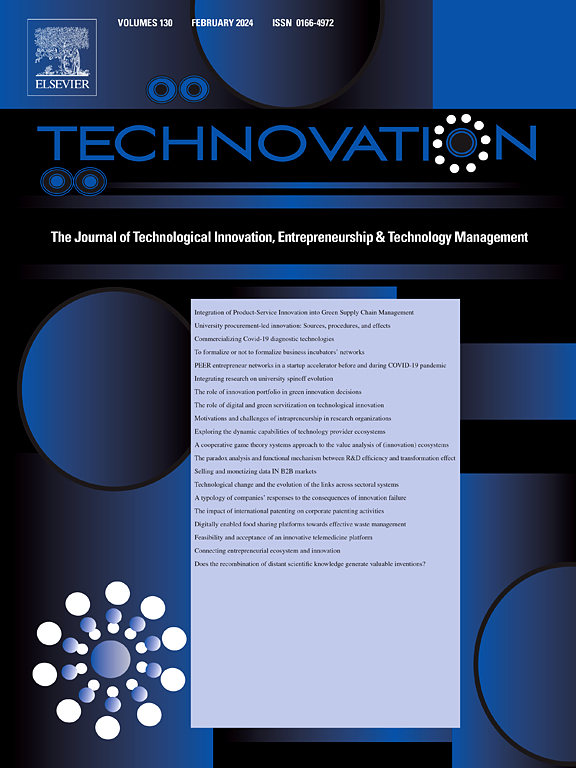数字转型和农村医疗差距:印度的混合方法方法
IF 11.1
1区 管理学
Q1 ENGINEERING, INDUSTRIAL
引用次数: 0
摘要
医疗差距是全球各国面临的全民健康覆盖(UHC)的主要问题。它给生活在农村地区需要保健服务的人造成困难,最终妨碍了他们的健康权。数字化转型的关键组成部分“远程医疗”有可能通过提供虚拟咨询、诊断和治疗来缩小这种医疗保健差距,从而实现更好的医疗保健服务。然而,在农村卫生保健系统(RHS)中采用远程医疗的研究和实践尚处于起步阶段。本研究通过对印度RHS的混合方法研究,审查了采用远程医疗的障碍和缓解战略,从而解决了这一问题。在第一阶段,采用灰色决策试验与评价实验室(Grey- dematel)方法,识别出17个阻碍RHS采用远程医疗的障碍,并揭示了它们之间的因果关系。在第二阶段,采用定性方法,有助于提出以下三个方面的障碍缓解战略:患者接受、医生支持和政策支持,称为“3P框架”。在这个3P框架下,共提出了10项战略来加强RHS。研究结果为致力于医疗保健数字化转型、全民健康覆盖和改善RHS的政策制定者和决策者提供了有价值的见解。本文章由计算机程序翻译,如有差异,请以英文原文为准。
Digital transformation and rural healthcare disparities: A mixed-methods approach in India
Healthcare disparity is a major issue for Universal Health Coverage (UHC) faced by countries across the globe. It results in hardship for people living in rural areas who need healthcare services, ultimately impeding their right to health. A key digital transformation component, 'Telemedicine,' has the potential to reduce this healthcare disparity by offering virtual consultation, diagnosis, and treatment, thus leading to better healthcare access. However, research and practice on telemedicine adoption in rural healthcare systems (RHS) is nascent. The present study addresses this issue by examining the barriers to telemedicine adoption and mitigation strategies through a mixed-method study of India's RHS. In the first phase, the Grey Decision Making Trial and Evaluation Laboratory (Grey-DEMATEL) method is used, which identifies seventeen barriers that impede telemedicine adoption in RHS and unearths the causal relationship between them. In the second phase, a qualitative approach is used, which helps propose barrier mitigation strategies under three heads: Patient Acceptance, Physician Buy-in, and Policy Support, referred to as the "3P framework". A total of 10 strategies are proposed under this 3P framework to strengthen the RHS. The study results provide valuable insights to policymakers and decision-makers working towards healthcare digital transformation, UHC, and improving RHS.
求助全文
通过发布文献求助,成功后即可免费获取论文全文。
去求助
来源期刊

Technovation
管理科学-工程:工业
CiteScore
15.10
自引率
11.20%
发文量
208
审稿时长
91 days
期刊介绍:
The interdisciplinary journal Technovation covers various aspects of technological innovation, exploring processes, products, and social impacts. It examines innovation in both process and product realms, including social innovations like regulatory frameworks and non-economic benefits. Topics range from emerging trends and capital for development to managing technology-intensive ventures and innovation in organizations of different sizes. It also discusses organizational structures, investment strategies for science and technology enterprises, and the roles of technological innovators. Additionally, it addresses technology transfer between developing countries and innovation across enterprise, political, and economic systems.
 求助内容:
求助内容: 应助结果提醒方式:
应助结果提醒方式:


